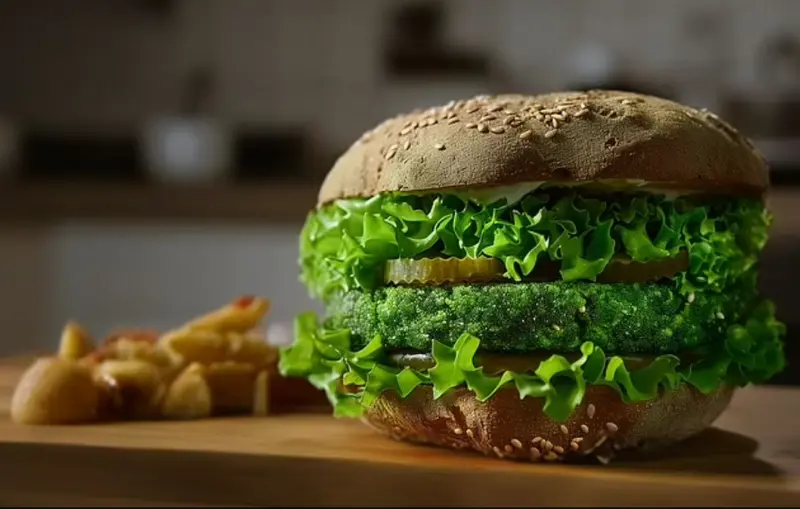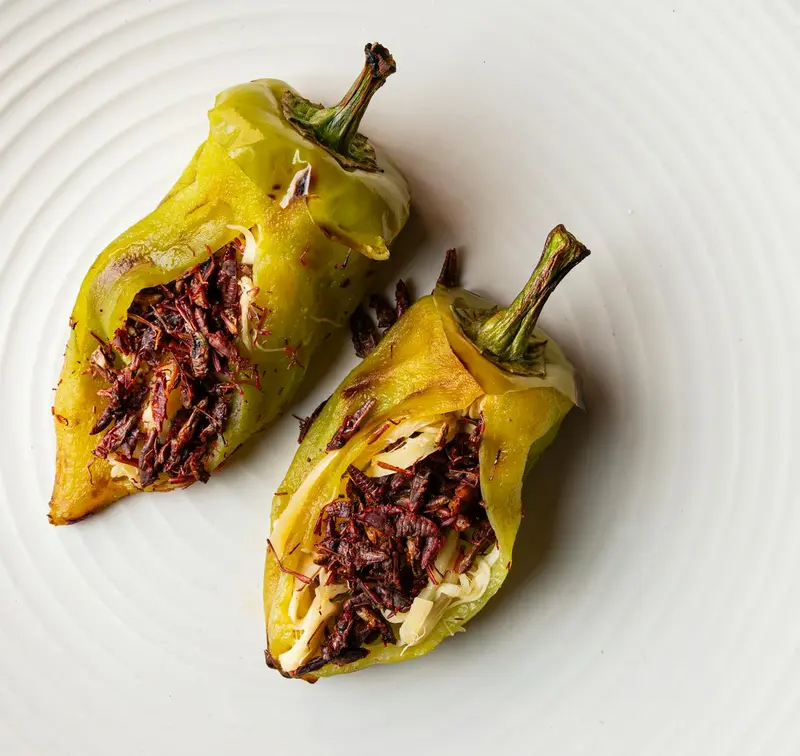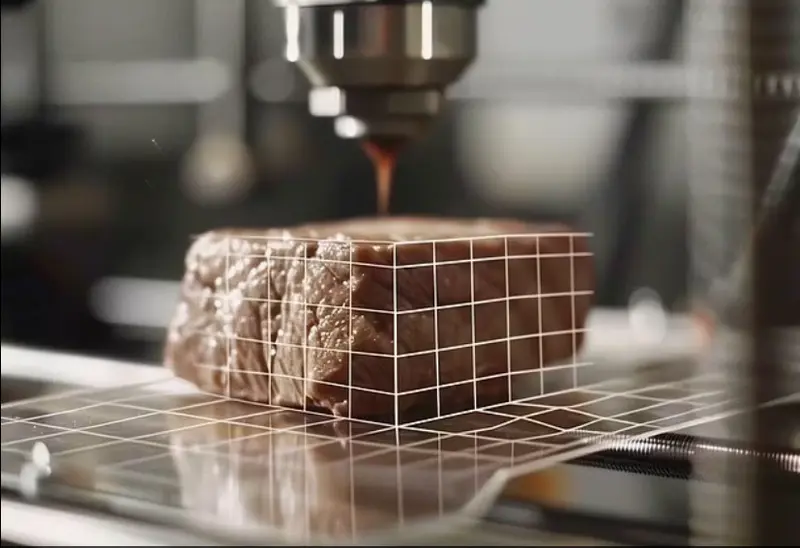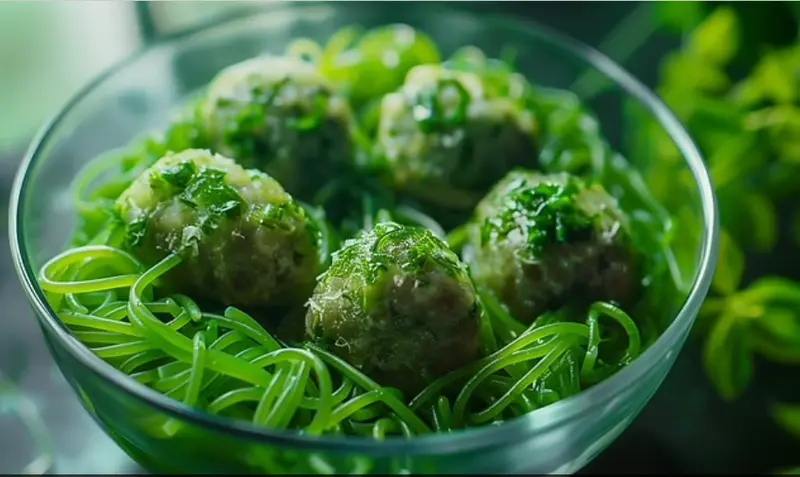A team of scientists from York University’s FixOurFood research program and the British retailer Co-op has discovered what our food will look like in just a few decades. Ultra-realistic images generated by the Midjourney neural network will leave no one indifferent.
Currently, the Earth is suffering from anthropogenic impacts, including greenhouse gas emissions, the use of non-renewable energy resources, and water and air pollution. Therefore, if humanity does not change as soon as possible, a planetary catastrophe is inevitable. Changes must also affect our diet.
According to the prediction AI By 2054, we will transition to more environmentally friendly dishes that people will produce with a minimal carbon footprint (or none at all). Among them will be: salads with insects (crickets, ants, etc.), algae pasta, and lab-grown meat. These products are safer for ecology Food from the earth is different from what we are used to. Therefore, such a diet may help save the planet. However, will we be able to eat all of this?

Crickets, worms, and other insects
Researchers are confident that such food can completely replace our favorite family dishes, like Sunday roast or fish with fried potatoes.
“Over the last thirty years, we have witnessed a scientific breakthrough in the production of eco-friendly products that would have been unimaginable for most people back in 1994,” said Bob Doerthy, director of the FixOurFood program. And since red meat and dairy products are responsible for a significant portion greenhouse gas emissions “Insects will be a good alternative,” he added.
Crickets, locusts, grasshoppers Worms, ants, termites, and cicadas are harmless to the environment as they consume fewer natural resources than livestock and are also a healthy alternative to meat. Recently, they have been actively promoted as a new superfood. This makes perfect sense, as insects are a source of protein, potassium, and magnesium; they contain three times more fatty acids than omega-3 in salmon.

Lab-grown meat
Grown in the laboratory meat still faces legal and regulatory hurdles. However, by 2054, the team believes humanity will overcome them and will be able to consume this product without issues.

The so-called “lab-grown meat” is an alternative to meat from real animals. In terms of taste, it is almost indistinguishable, the publication reported. Daily Mail To obtain lab-grown meat, scientists take a sample of cells from a living animal and grow a meaty mass from it. This method uses fewer resources and requires less space.

Although lab-grown meat has never been sold in stores, British scientists assure that it will soon become a common practice. They also believe that the cultivated meat can be shaped into hamburgers or steaks using a food 3D printer.
By the way, some industry experts predict that food 3D printers will soon become common kitchen appliances, alongside toasters, microwaves, and deep fryers.
Marine plants
Although fruits and vegetables have lower emissions than meat, the team is concerned that climate change will make popular products like avocados unavailable.
Researchers expect that unusual types of marine plants, such as the little-known water fern Azolla, will serve as an alternative for them. It can capture carbon dioxide and may be more resilient to climate change than the plant products we are familiar with. This is the belief of scientists at Yale University (USA).

Meanwhile, the participants of the FixOurFood program described azolla as a plant with a “crunchy texture” and an “earthy flavor reminiscent of the forest.”
By the way, azolla is also convenient to print on a 3D printer, giving it familiar shapes like spaghetti, meatballs, and hamburgers. As shown in the images generated by AI, azolla makes a great base for a nutritious soup.

In their research report, the team noted that 72 percent of consumers are increasingly concerned about ethical and environmentally friendly food products. In 1994, only 54 percent of people thought about this. Experts claim that this figure will continue to grow in the coming years.
